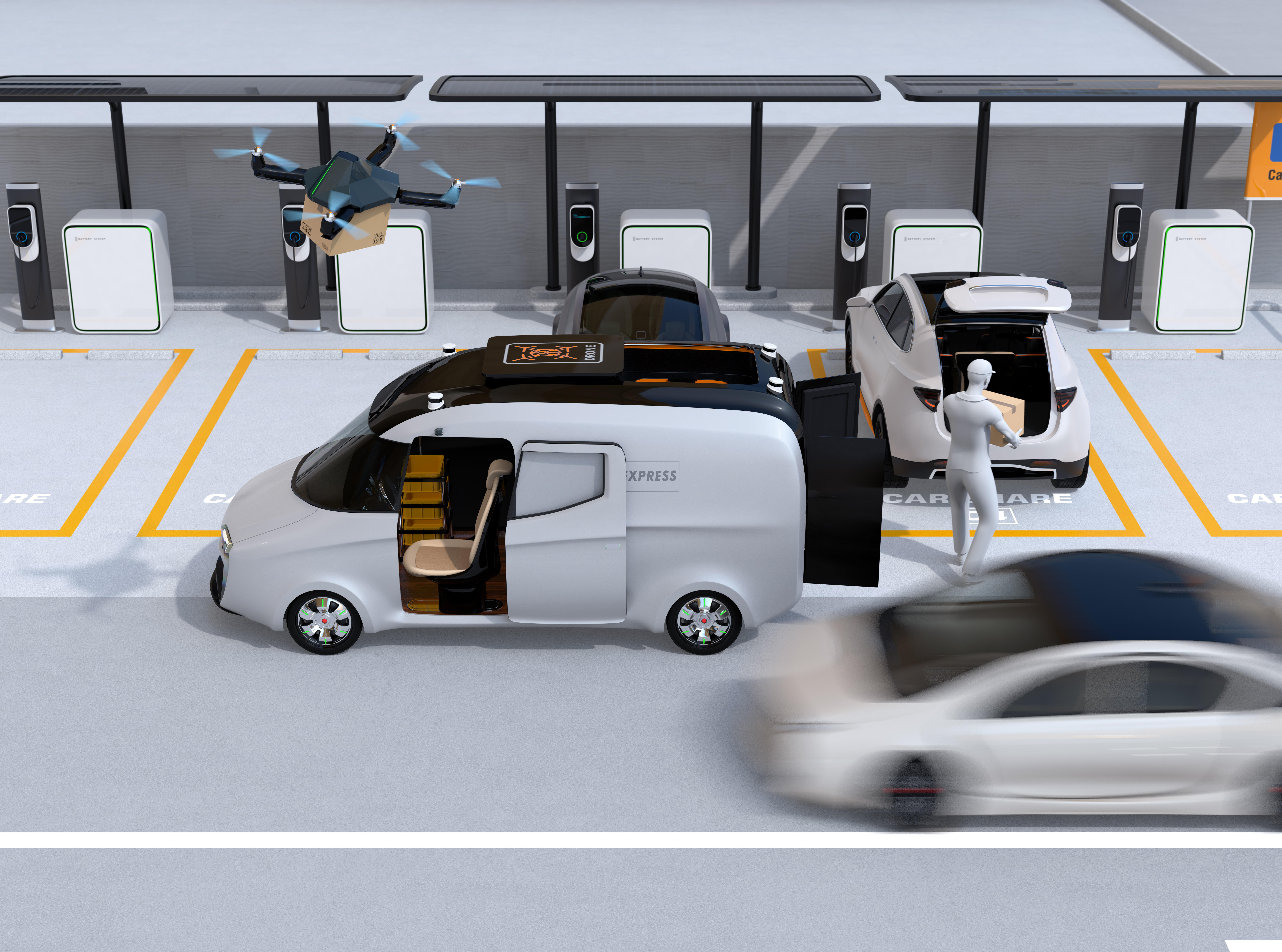
AMAC and?Netherlands-based engineering company Pontis?Engineering have joined forces to commercialize composites in e-mobility applications.
This includes the development of lightweight structural battery housings and electric vehicles for road, industry, water and air transportation, the companies say.
Pontis Engineering makes composite parts for the aerospace, wind energy and mobility industries, including large 100 m+ rotor blades, the new Olympic track bike and solar panels for weather satellites.?
The?core competence of?Pontis?is to develop?lightweight electrical?passenger cars?reducing the fuel consumption and bringing down?CO2 emissions, from?feasibility studies over?industrial transportation to last-mile-delivery,’ said Dr Michael Effing, Managing Director of?AMAC. ‘The global?market for electrical vehicles is about 4 Mio units in 2020 and is expected to grow to more than 25 Mio EVs by 2030.?The?increasing adoption of electric buses?is?likely to propel the growth of commercial vehicles?in this period even more. This is a huge opportunity for lightweight composites.’
This story uses material from AMAC, with editorial changes made by Materials Today. The views expressed in this article do not necessarily represent those of Elsevier.




